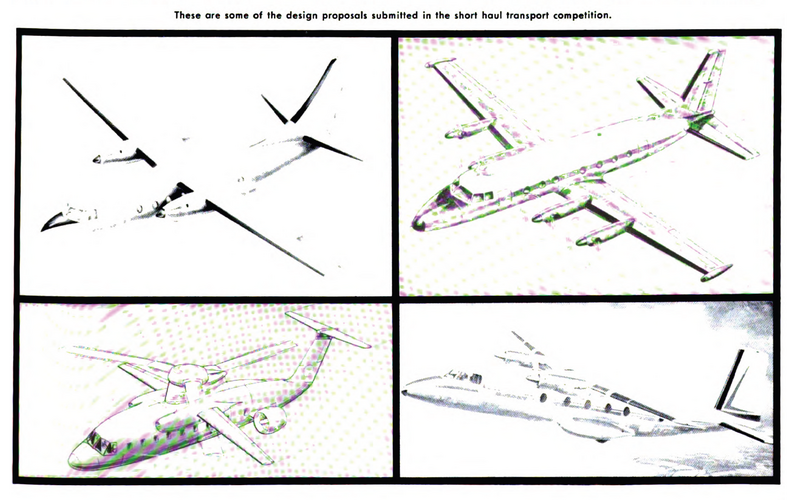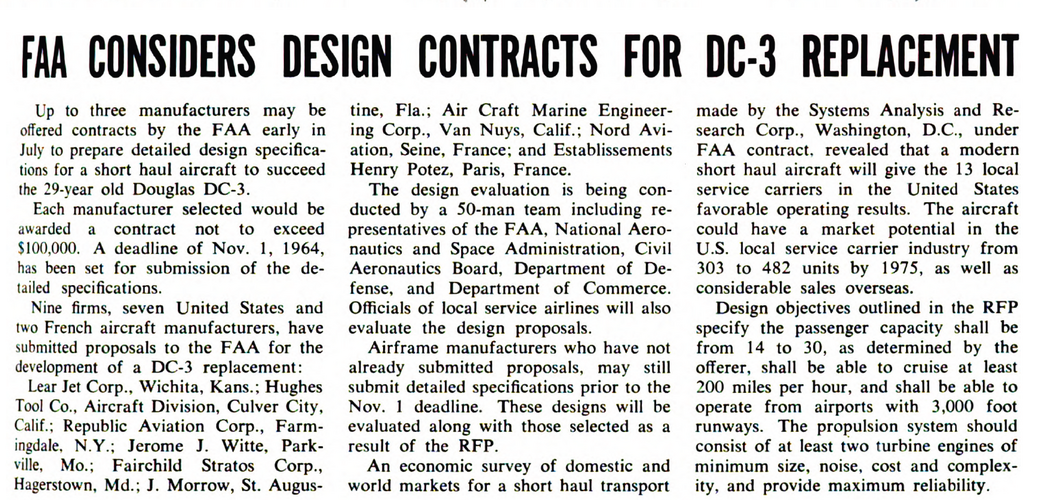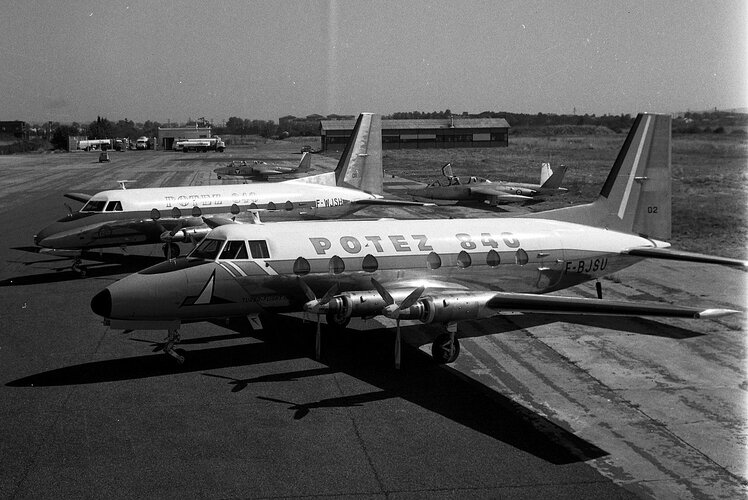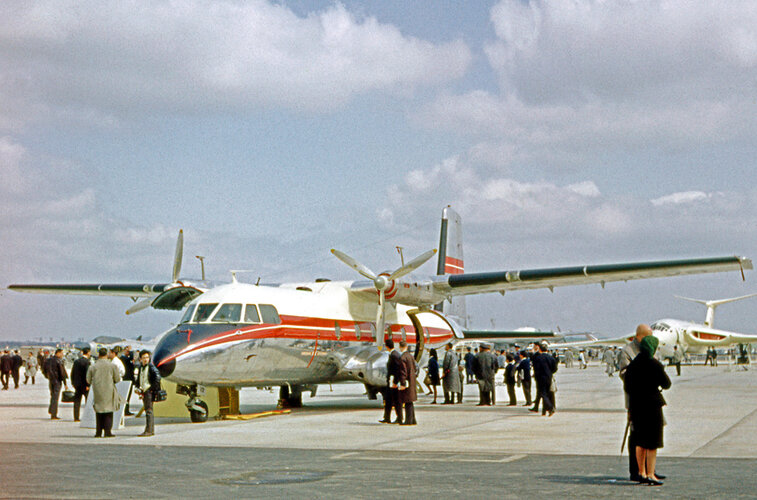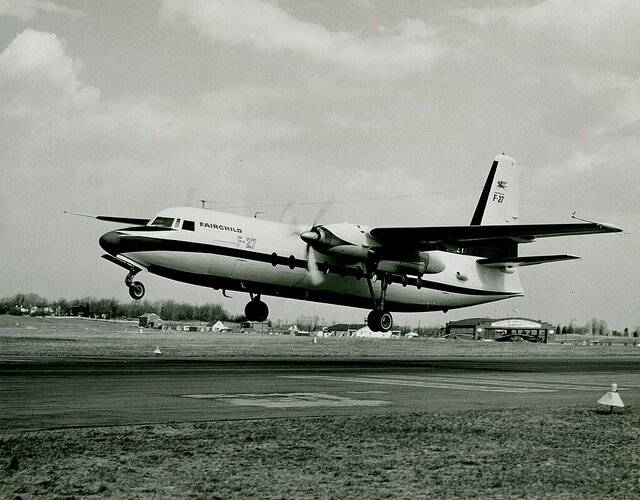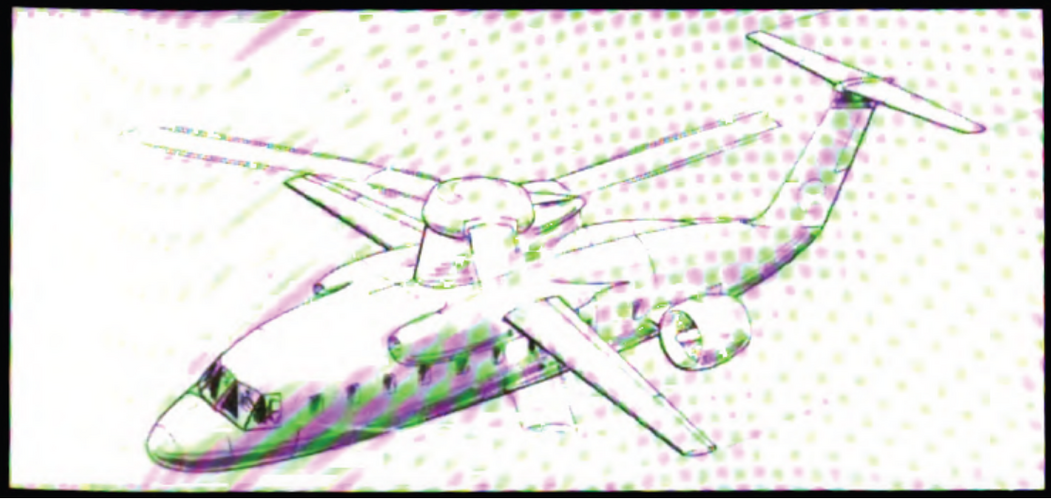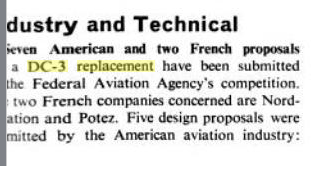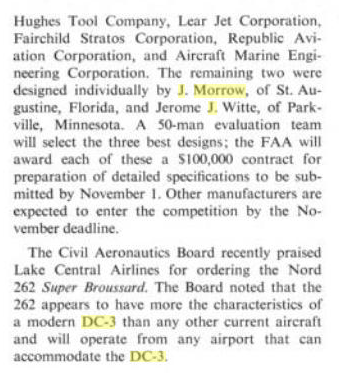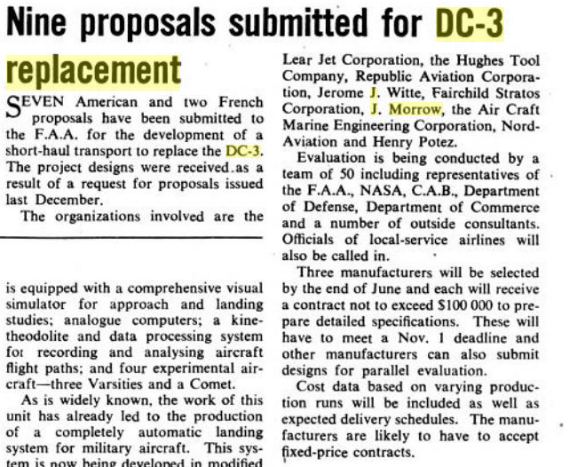- Joined
- 26 May 2006
- Messages
- 32,695
- Reaction score
- 11,962
From FAA Aviation News 1964,
this competition was intended to replace Douglas DC-3,the main tenders were;
Learjet Model-?
Hughes M-? or Model-?
Culver City Type-?
Republic AP-?
Farmingdale Type-?
Jerome Type-?
Parkville Type-?
Fairchild Stratos M-?
Hagerstown Type-?
ACME may A-3 ?
Nord (France) may N.3500 ? or N.3700 ?
Potez 88 ?
The mystery to sad they are seven companies from USA and two from France ?.
this competition was intended to replace Douglas DC-3,the main tenders were;
Learjet Model-?
Hughes M-? or Model-?
Culver City Type-?
Republic AP-?
Farmingdale Type-?
Jerome Type-?
Parkville Type-?
Fairchild Stratos M-?
Hagerstown Type-?
ACME may A-3 ?
Nord (France) may N.3500 ? or N.3700 ?
Potez 88 ?
The mystery to sad they are seven companies from USA and two from France ?.

